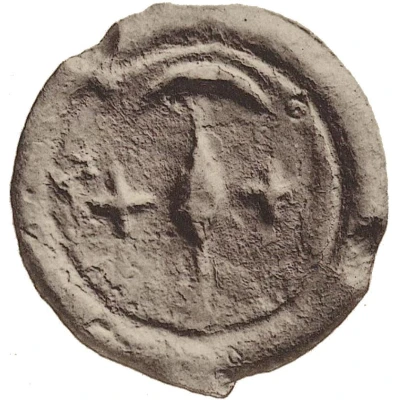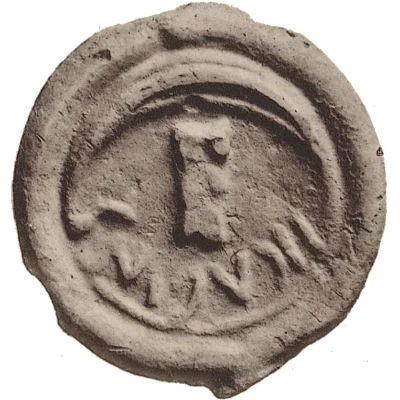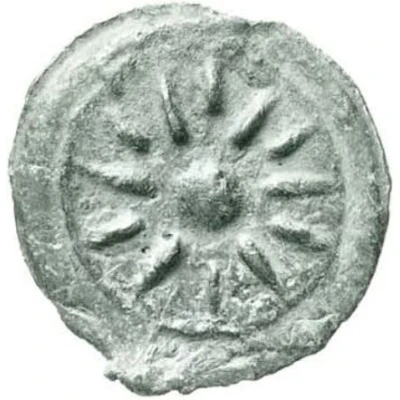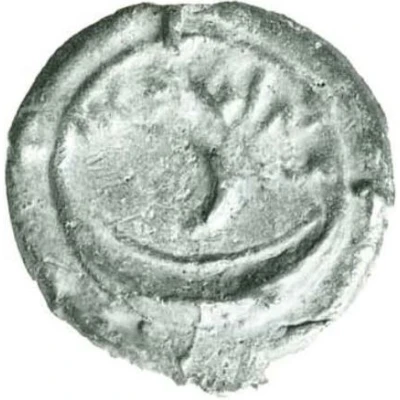


© Ernst Haeberlin; 1910. "Aes Grave". Joseph Baer, Frankfurt, Germany (CC0)
1 Semis 280 BC - 240 BC
| Bronze | 101.12 g | 56 mm |
| Issuer | Iguvium (Umbria) |
|---|---|
| Type | Standard circulation coin |
| Years | 280 BC - 240 BC |
| Value | 1 Semis = ½ As |
| Currency | As (circa 280-240 BC) |
| Composition | Bronze |
| Weight | 101.12 g |
| Diameter | 56 mm |
| Shape | Round (irregular) |
| Technique | Cast |
| Demonetized | Yes |
| Updated | 2024-10-10 |
| Numista | N#182520 |
|---|---|
| Rarity index | 100% |
Reverse
Crescent and knucklebone on raised disk, all above legend.
Lettering: IKUFINS
Translation: Iguvium
Edge
Plain
Interesting fact
The 1 Semis coin from Iguvium (Umbria) was used as a form of currency in ancient Italy, specifically in the region of Umbria, during the 3rd century BC. It was made of bronze and weighed 101.12 grams, which was a significant amount for a coin at that time. The coin features an image of a bull on one side and a mythological scene on the other, showcasing the artistic and cultural significance of the region. Despite being over 2,000 years old, some of these coins have been well-preserved and are now highly sought after by collectors and historians.



